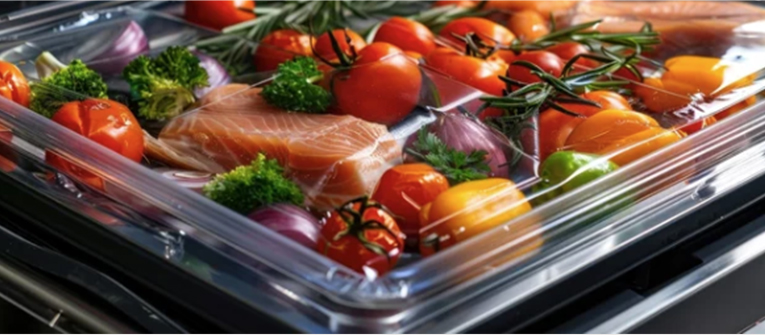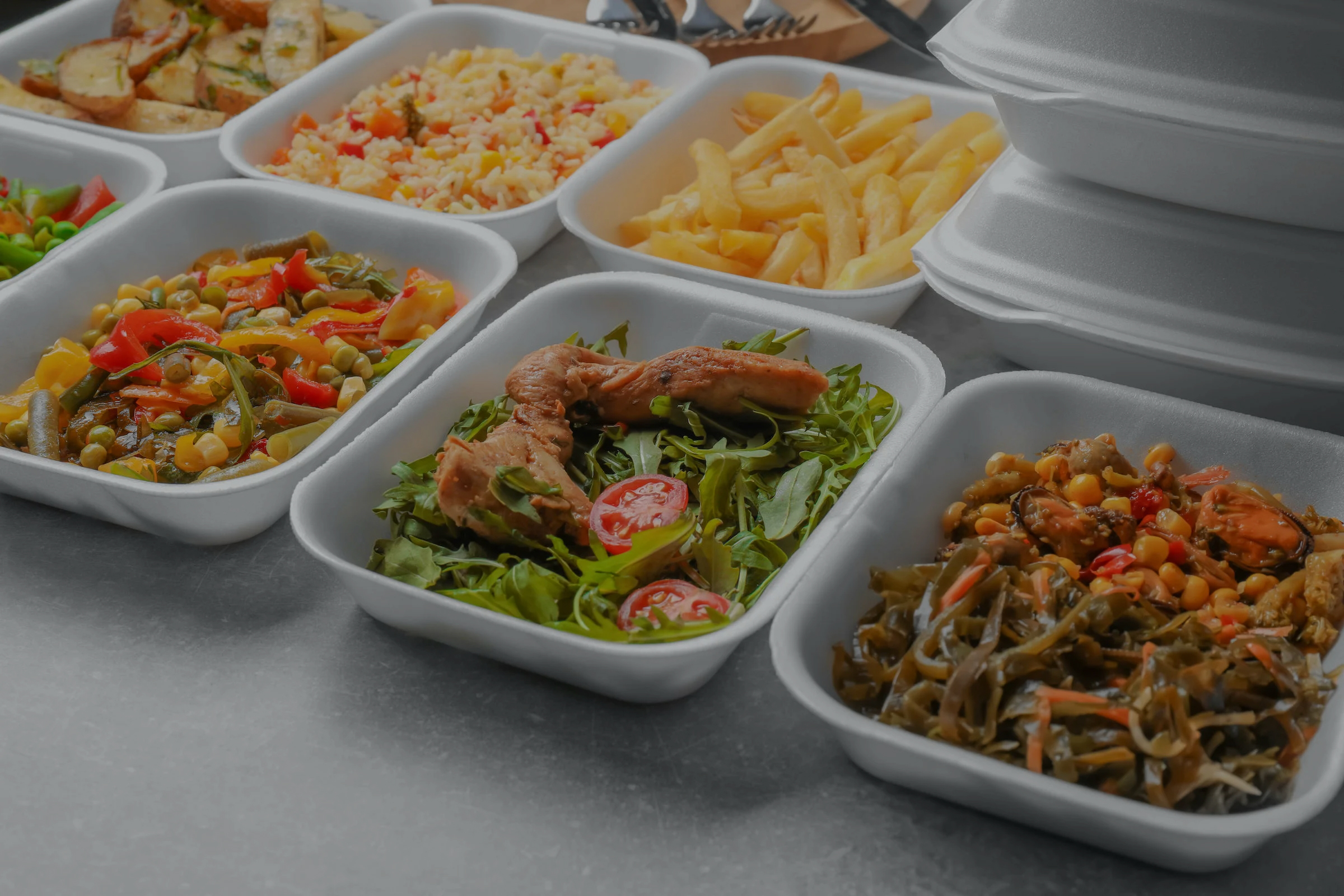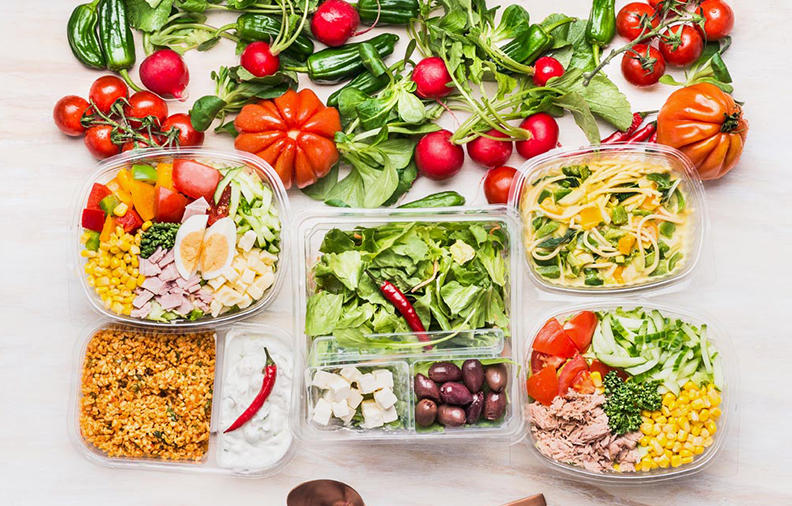Web Menu
Product Search
Exit Menu
How does a Disposable Plastic Seedling Cover impact air circulation and ventilation, and what precautions should users take to prevent mold or overheating?
Restricted Airflow and Humidity Control: The Disposable Plastic Seedling Cover significantly limits natural air movement around seedlings, which is a double-edged sword. On one hand, reduced airflow helps maintain higher humidity levels, creating an ideal environment for seed germination and early growth by preventing soil and foliage from drying out too quickly. On the other hand, limited airflow can cause stagnant pockets of air, which may encourage the growth of fungal pathogens like damping-off, powdery mildew, or mold. Stagnant conditions also reduce gas exchange, which is necessary for healthy root respiration and leaf development. Users must monitor humidity levels closely and, if needed, adjust the cover or create ventilation openings to maintain a balance between moisture retention and adequate airflow.
Heat Accumulation and Microclimate Formation: The plastic material of the cover traps solar radiation, forming a small greenhouse effect that increases temperature under the cover relative to the surrounding environment. This heat accumulation accelerates seedling metabolic processes, improving growth during cooler weather or early spring. However, in direct sunlight or during hot summer days, excessive heat can rapidly build up, causing thermal stress, leaf scorching, wilting, or even stunted growth. Overheating can also reduce photosynthesis efficiency and water uptake, further compromising seedling health. Users must understand the microclimatic effects of the cover and monitor internal temperatures, adjusting coverage or using partial exposure to prevent heat-related damage.
Moisture Management and Over-Saturation Risks: Because evaporation is slowed under a Disposable Plastic Seedling Cover, soil and root zones retain moisture for longer periods. While this is beneficial for maintaining consistent hydration, it can also result in waterlogged soil, especially if irrigation or rainfall is excessive. Over-saturation promotes anaerobic soil conditions, reduces oxygen availability to roots, and encourages fungal diseases such as root rot and mold. Users must carefully regulate watering, frequently check soil moisture levels, and remove or adjust the cover during periods of heavy rainfall to prevent excessive condensation and stagnant water accumulation.
Ventilation Strategies to Prevent Mold and Overheating: Proper ventilation is crucial to mitigating the risks of mold and heat stress under a Disposable Plastic Seedling Cover. Users can achieve this by periodically lifting or tilting the cover edges, opening small vents, or using covers designed with pre-cut perforations. Controlled ventilation allows excess humidity and heat to escape while maintaining sufficient moisture for seedlings. It also improves oxygen circulation around leaves and roots, enhancing photosynthesis and root respiration. Users must balance ventilation frequency and timing to maintain a stable, optimal microclimate without losing the protective benefits of the cover.
Seedling Spacing for Optimal Airflow: Overcrowding seedlings under a cover can severely restrict airflow, creating localized zones of high humidity and heat, which are prime conditions for fungal growth. Proper spacing ensures that each seedling receives sufficient airflow around its leaves and roots, reducing the risk of mold and promoting uniform growth. Adequate spacing also allows light penetration and temperature regulation across the seedling bed. Users should plan planting layouts carefully when using disposable covers to maximize both protection and air circulation efficiency.
Timing and Duration of Cover Use: The effectiveness of a Disposable Plastic Seedling Cover depends on when and for how long it is used. Covering seedlings during cooler hours or early growth stages helps retain humidity and warmth, promoting faster germination. However, leaving the cover on during peak sunlight or hot midday conditions can cause heat buildup and stress. Users should adjust or temporarily remove the cover based on environmental conditions, daily temperature fluctuations, and seedling growth stage, ensuring seedlings benefit from the cover without being exposed to excessive heat or humidity.
Monitoring and Proactive Management: Continuous observation is essential when using a Disposable Plastic Seedling Cover. Users should inspect seedlings for signs of stress, such as drooping leaves, yellowing, mold growth, or slowed development. Adjusting cover positioning, increasing ventilation, or modifying watering schedules helps maintain a balanced environment. Monitoring also allows users to identify microclimate inconsistencies within the covered area, ensuring each seedling receives appropriate light, airflow, and moisture levels.
- The company requires rigorous, using a high starting point, trustworthy, quality, and actively develop and innovate, the pursuit of excellence route!
CONTACT US
- Tel: +86-18867945666
- E-mail: [email protected]
- Add: No.11 Huafeng Road, Anhua Community, Anhua Town, Zhuji City, Shaoxing, Zhejiang, China
GET A QUOTE
Copyright @ Donghang Polymer Material Technology Co., Ltd. All Rights Reserved.




 English
English عربى
عربى Español
Español












